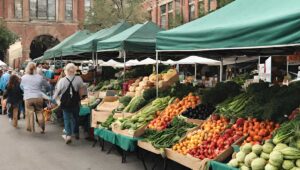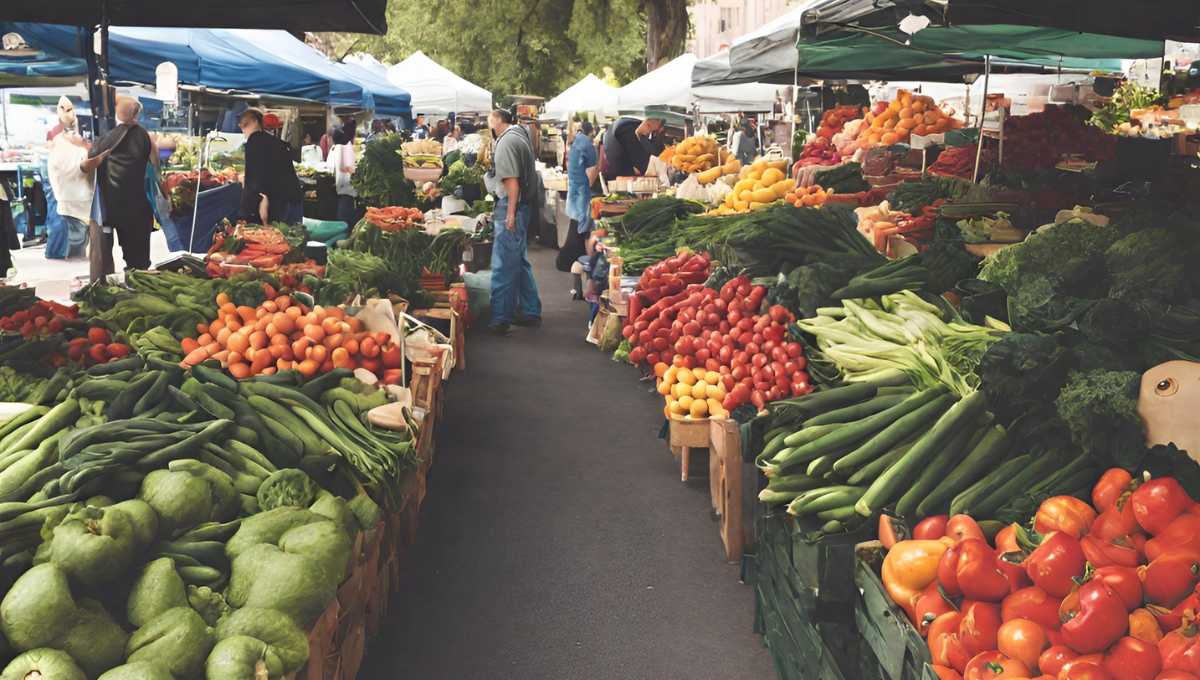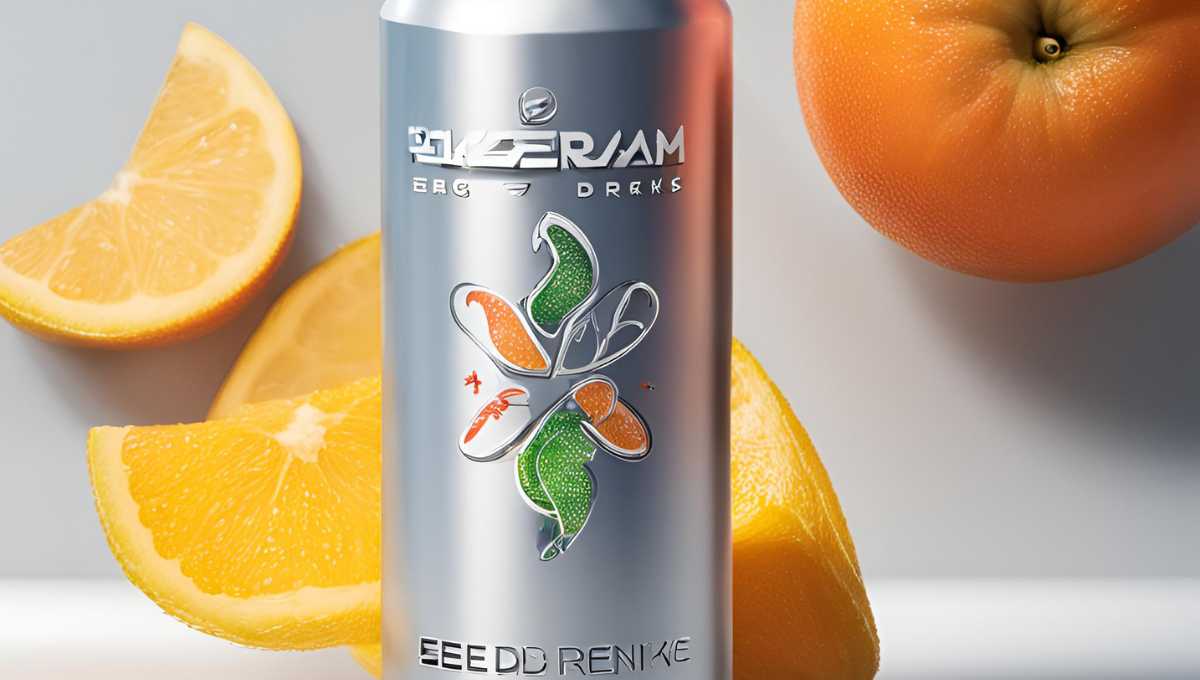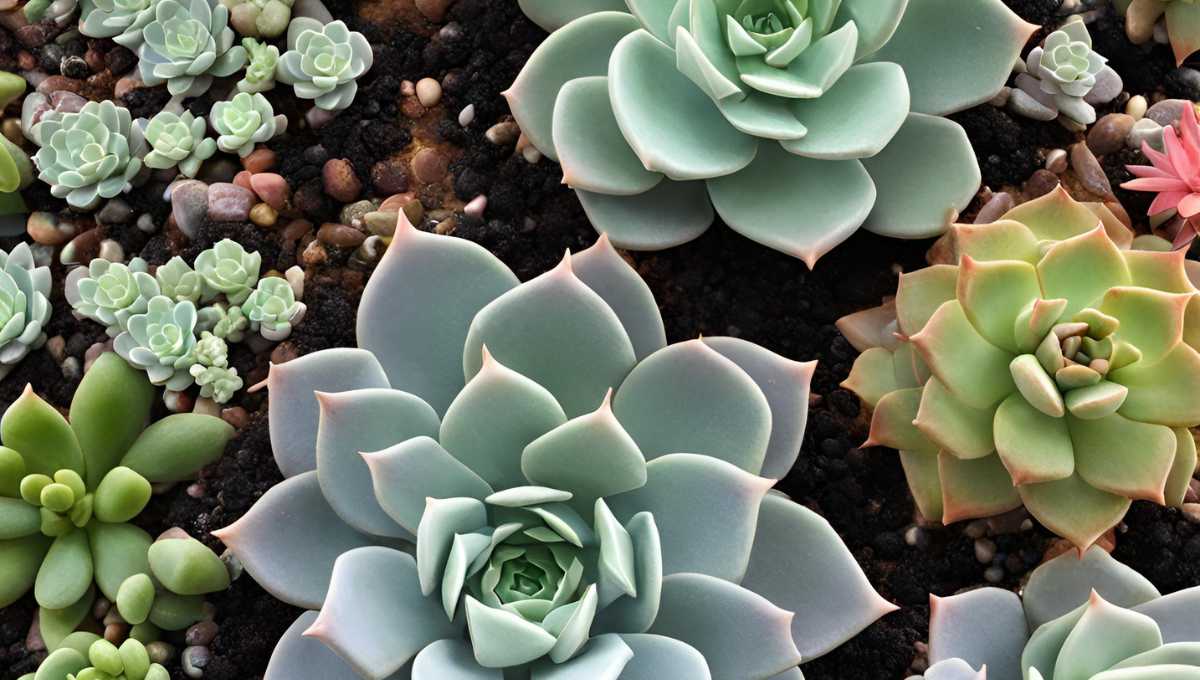Introduction
I have some thoughts on what you need: ideas about pricing and sales strategies, keeping stuff looking fresh, managing condensation, and all that stuff. So, we’ll dive deep into farmers market theory today.
Farmers market set up
The way that most farmers markets are set up, they give you a ten by ten space, a booth space, but that’s optional, necessarily. Some markets will provide you with a 12 by 12 space; others will give you multiple options: the option to buy two booths or the option to purchase a booth and a half.
In This Post
Toggle
It would help if you had a tent and table on farmers market

- We use our 8-foot by 2.5-foot folding table.
- along with two 6-foot by 2.5-foot wide tables on the sides.
- Now, everyone doesn’t need three tables.
- We only sometimes use three.
- just depending on what we’re selling and whether we can mostly pile it up like greens or carrots or if we have to sprawl it out like cherry tomatoes or potatoes.
However,
- it should always be to manage sunlight without slowing your market shoppers down too much.
- So, a lot of growers will purchase an ample booth space and put all of their goods on the back wall on one long table.
- Some growers will have their tables outlined in the booth so that the shoppers can purchase from the outside.
- We can’t really do that because of the space constraint and our need to shade the veggies.
- So, we always have to have the tables under the tent and always have to manage sunlight.
Don’t use an old tent in farmers market
Don’t use an old tent because those cheap things are dangerous, and you definitely don’t need anyone getting hurt.
Which material do we use for the table?
Our tables are just basic wood tables that I’ve had for years. I recommend the Lifetime brand, though they’re heavy. But that’s good because then they won’t get knocked over in the wind the real question here is, are these Lifetime tables worth the weight? I think so. I mean, they’re what we use. We’ve had them for years. They do their job. They’re heavy. So, if you know of a lighter table that’s cheaper, I’d recommend that, but I don’t. So, that’s what I’m using. You could probably get away with something more affordable if you’re starting. We have these shelves that I’ve built into one of our tables. I would recommend some shelving if you can make it. Our customers really appreciate it, and it’s just good for the organization and that sort of thing.

What about the vegetables?
A lot of factors will determine your crop selection, but not every crop is worth doing. I don’t grow lettuce, for instance, though we did start some lettuce seeds this week because we’re running out of space in the greenhouse, and I needed the heart not to sow some seeds. But, you know, on the whole, lettuce doesn’t seem worth it to me. However, we did grow it our first year at the market, and we did fine with it. I didn’t enjoy it. I wouldn’t say I like to wash lettuce. I wouldn’t say I like to harvest lettuce. I wouldn’t say I like to grow lettuce. But you can sell a lot of it. You can move a lot of volume with lettuce, and it’s easy to grow in some ways, just in other ways. Like I said, it’s not worth it.
So, here’s what we grow instead:
lots of greens, a few different kinds of radishes, carrots, beets, turnips, potatoes, onions, garlic, leeks, and some herbs and flowers. That’s really all we grow. And I’ve discussed this before, but we should look to farm like this as much as possible. You want to be diverse on your farm, but that can be achieved by growing a diversity of crops, not necessarily through crop selection. So, what I’m saying is that you don’t need to grow ten different types of lettuce; grow lettuce.
What about the display of the crops?
There are lots of ways you could display your crops and the way that you do it should be determined by what you’re selling, obviously, what your space allows for, and how you can keep stuff looking good. We’ve changed our display a lot over the years, and I’m sure we’ll continue to change it. We used to have these rustic-looking crates, which we still have, and we use for storing stuff, but we’ve moved away from that. Now, we just put everything in bins or on tables. Some markets will have rules about what you can and can’t use to display your crops.
For instance,
some markets won’t allow you to have any non-organic materials, like plastic or metal, in your booth. So, you’ll have to check with your market manager about what the rules are. Our market doesn’t have rules like that, but we keep everything looking as lovely as we can. So, we use a lot of wood stuff, a lot of rustic stuff, some burlap, that sort of thing. But you could also have everything in a bin, like, just like you’re at the grocery store, but I don’t think that would look very good. People appreciate a little bit of effort in your presentation.
That’s a basic overview of what you need to do at a farmer’s market. There’s a lot more that goes into it, but that covers the basics.
FAQ
Bring reusable bags, small bills, and possibly a cart for carrying your purchases. Don’t forget your shopping list and a sense of adventure for trying new things!
Look for vibrant colors, firm textures, and fragrant aromas. Fresh produce should feel heavy for its size and show no signs of wilting or bruising.
Prices can vary, but the quality, freshness, and the opportunity to support local farmers often justify the cost. Shopping late in the day can also yield discounts.
While haggling is generally discouraged, some vendors may be open to negotiation, especially towards the end of the market day. Building a relationship with vendors can also lead to occasional deals.
Early mornings offer the best selection and freshest produce, while late in the day can provide opportunities for discounts. Choose a time that aligns with your shopping goals.





